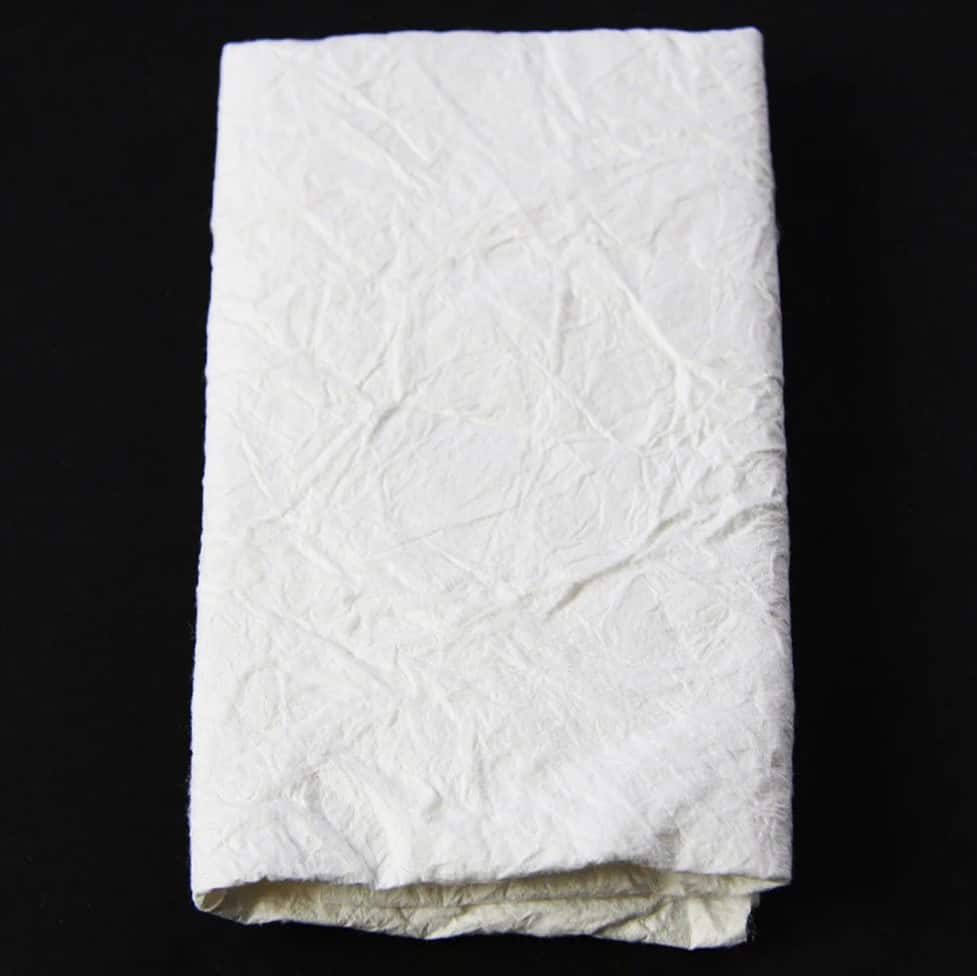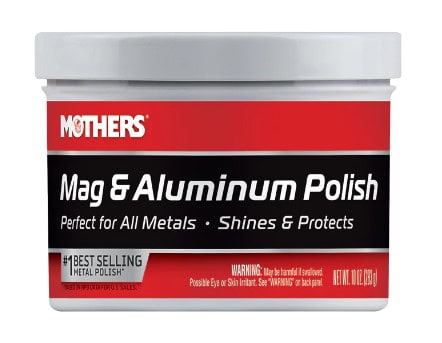How to Take Care of a Katana
TLDR: To properly care for a katana, regularly clean the blade with a soft cloth and nuguigami, apply a thin layer of choji oil to prevent rust, and ensure the katana is stored in a low-humidity environment with stable temperatures. Use breathable sword bags for long-term storage and avoid common mistakes like storing in humid conditions or using excessive oil.
As I run my fingers along the smooth saya of my katana, I’m reminded of the first time I held one of these magnificent blades. The weight, the balance, the sheer artistry – it’s no wonder the katana has captivated sword enthusiasts for centuries. But owning a katana isn’t just about admiring its beauty; it’s a responsibility that requires dedication and knowledge.
Over the years, I’ve learned that proper care is crucial to maintaining the integrity and longevity of these exquisite weapons. From the daily rituals of cleaning to the more intricate processes of oiling and storage, each step plays a vital role in preserving the katana’s form and function.
In this article, I’ll share the insights I’ve gained about katana care. Whether you’re a newcomer to the world of Japanese swords or a seasoned collector looking to refine your maintenance techniques, you’ll find practical advice on handling, cleaning, and storing your katana. We’ll explore the essential tools needed, common pitfalls to avoid, and when it’s time to seek professional help.

Understanding Your Katana
Before we delve into the intricacies of katana care, it’s crucial to understand the components that make up this iconic sword. Each part plays a specific role in the katana’s functionality and aesthetic appeal.
Parts of a katana
The katana’s blade, or “shinogi-zukuri,” is the heart of the sword. It’s characterized by its distinctive curve and a ridge line running along the length. The cutting edge, known as the “ha,” is incredibly sharp, while the back of the blade, the “mune,” is thicker for strength.
At the base of the blade, you’ll find the “habaki,” a metal collar that helps secure the blade in the scabbard. The “tsuba,” or hand guard, sits just above the habaki, protecting the wielder’s hands during use.
The handle, or “tsuka,” is typically wrapped in “ito” (braided cord) over “same” (ray skin). This provides a secure grip and adds to the sword’s aesthetic. At the end of the tsuka, you’ll find the “kashira,” a decorative end cap.
The “saya” is the scabbard that houses the blade when not in use. It’s not just for protection; a well-fitted saya also helps maintain the blade’s sharpness.
Materials used in katana construction
Traditional katanas are forged from “tamahagane,” a high-carbon Japanese steel known for its purity and strength. The blade-making process involves folding and hammering the steel repeatedly, creating a blade with a hard, sharp edge and a softer, more flexible core.
Modern katanas might use different types of steel, but quality ones still aim to replicate the properties of traditional tamahagane. The tsuka is typically made of wood, often magnolia, wrapped in ray skin and silk cord. The tsuba can be made from various materials, including iron, brass, or even precious metals in some ornate pieces.
Understanding these components and materials is key to appreciating the craftsmanship of your katana and will inform how you approach its care and maintenance. Each part requires specific attention, and knowing what they’re made of helps in choosing the right cleaning and preservation methods.
Regular Maintenance
For regular maintenance, you don’t need an extensive kit. Here’s what I keep on hand:
- Nuguigami (special sword cleaning paper) or lint-free microfiber cloths
- Choji oil or light mineral oil
- Soft, lint-free cloths
- Cotton swabs
- Isopropyl alcohol (for the non-blade parts)
Step-by-step cleaning process
- I always start by carefully removing the katana from its saya, keeping the blade edge facing up and away from me.
- Using a soft, dry cloth, I wipe down the entire blade to remove any dust or loose particles. I’m careful to wipe from the spine towards the edge, never along the length of the blade.
- Next, I use a piece of nuguigami or a clean microfiber cloth to gently wipe the blade, again moving from the spine to the edge. This step removes any accumulated oils or residue.
- I inspect the blade carefully for any spots I might have missed, repeating the wiping process if necessary.
- Once the blade is clean, I apply a very thin layer of choji oil or light mineral oil using a clean cloth. A little goes a long way here – too much oil can attract dust and grime.
- For the tsuka and saya, I use a slightly damp cloth to wipe them down, followed by a dry cloth. If there’s any stubborn dirt, I might use a cotton swab lightly dampened with isopropyl alcohol, but I’m always careful not to oversaturate these parts.
- Finally, I carefully return the katana to its saya, ready for storage or display.
Remember, the goal is to keep the blade clean and lightly oiled to prevent rust, while also maintaining the other components. This process becomes second nature with practice, and it’s a great way to regularly inspect your katana for any issues that might need more extensive attention.
Storage and Display
Proper storage and display are crucial aspects of katana care that often get overlooked. How and where you keep your katana when it’s not in use can significantly impact its longevity and condition.
Ideal storage conditions
I’ve found that the ideal environment for storing a katana is one with low humidity and stable temperature. I aim to keep my storage area at around 50-55% relative humidity and a temperature between 60-70°F (15-21°C). Extreme fluctuations in either can lead to problems like rust or warping of the wooden components.
I always store my katanas horizontally, as vertical storage can cause oil to run down the blade and collect at the tip. For long-term storage, I use a sword bag made of breathable material like cotton, which helps prevent moisture buildup while protecting the sword from dust.
Proper display methods
When it comes to displaying my katanas, I prefer horizontal wall mounts or specially designed sword stands. These not only showcase the sword’s beauty but also maintain its proper orientation.
For wall-mounted displays, I use padded brackets that support the saya without putting pressure on the blade. If using a stand, I ensure it’s sturdy and doesn’t allow the saya to rest directly on the floor.
I’m always mindful of the display location, avoiding areas with direct sunlight or high foot traffic. Sunlight can fade the saya and tsuka, while busy areas increase the risk of accidental bumps or knocks.
Avoiding common storage mistakes
Over the years, I’ve learned to avoid several common storage mistakes:
- Never store a katana in its sheath for extended periods without regular checks and re-oiling. The saya can trap moisture, leading to rust.
- Avoid storing katanas in leather sheaths or cases. Leather can retain moisture and potentially contain corrosive tanning agents.
- Don’t store katanas near heaters, air conditioners, or in damp areas like basements. These environments can cause rapid temperature and humidity changes.
- Never lean a katana against a wall or in a corner. This can warp the blade or damage the saya.
- Avoid storing multiple blades in contact with each other, as this can lead to scratches or nicks.
- Don’t display katanas in areas where they might be handled frequently by untrained individuals.
- Never store a katana without proper cleaning and oiling first.
By following these guidelines, I’ve been able to maintain my katanas in excellent condition over the years. Proper storage and display not only preserve the sword but also allow for safe appreciation of these magnificent blades. Remember, a katana is not just a weapon, but a work of art that deserves to be treated with respect and care in how it’s stored and displayed.
Rust Prevention and Treatment
Rust is perhaps the most dreaded enemy of any sword enthusiast. For katanas, with their high-carbon steel blades, rust prevention is a critical aspect of maintenance that I’ve learned to take very seriously.
Causes of rust on katanas
In my experience, the primary causes of rust on katanas are:
- Exposure to moisture: This can come from humidity in the air, direct contact with water, or even from oils on our skin.
- Improper storage: Storing a katana in a damp environment or in a non-breathable sheath for extended periods.
- Lack of maintenance: Failing to clean and oil the blade regularly.
- Salt exposure: Sweat or sea air can accelerate rust formation.
- Fingerprints: The oils and acids in our skin can etch the blade if left uncleaned.
Preventive measures
To keep rust at bay, I follow these preventive measures:
- Regular cleaning and oiling: I clean my katana after each use and apply a thin layer of choji oil or mineral oil.
- Proper storage: I store my katanas in a cool, dry place with stable humidity levels.
- Handling with care: I always wear clean, lint-free gloves when handling the blade.
- Silica gel packets: I place these in my sword storage area to absorb excess moisture.
- Regular inspections: I check my katanas frequently for any signs of rust or discoloration.
How to address rust if it occurs
Despite our best efforts, rust can sometimes occur. Here’s how I address it:
For light surface rust:
- I gently rub the affected area with a cloth soaked in choji oil.
- If that doesn’t work, I use a mixture of equal parts acetone and ATF (automatic transmission fluid), applied with a soft cloth.
For more stubborn rust:
- I’ve found success using Mother’s Mag & Aluminum Polish. It’s mildly abrasive but effective when used carefully.
- I apply a small amount to a soft cloth and gently rub the rusted area in the direction of the blade’s grain.
- After removing the rust, I clean the area thoroughly with isopropyl alcohol and then re-oil the blade.
For severe rust:
- If the rust is extensive or deep, it’s time to seek professional help. Attempting to remove severe rust at home can damage the blade irreparably.
When using Mother’s Mag or any abrasive method, it’s crucial to be extremely gentle and work in small areas. These methods can potentially alter the blade’s surface if used too aggressively, so I always err on the side of caution.
Remember, prevention is always better than cure when it comes to rust. Regular maintenance and proper storage are your best defenses against this pervasive problem. If you’re ever in doubt about how to handle rust on your katana, it’s always safer to consult with a professional sword polisher or restorer.
Common Mistakes to Avoid
Over the years, I’ve learned that proper katana care involves not just knowing what to do, but also what not to do. Avoiding common mistakes can be just as important as following the right procedures. Here are some errors I’ve either made myself or seen others make, which can potentially damage these beautiful swords.
Handling errors
- Touching the blade with bare hands: The oils from our skin can etch the blade and promote rust. I always use clean, lint-free gloves when handling the blade.
- Improper drawing technique: Drawing the katana incorrectly can damage both the blade and the saya. I always keep the edge up and draw slowly and smoothly.
- Using the katana for cutting inappropriate materials: Katanas are not meant for cutting hard objects. I’ve seen people damage their blades trying to cut things like bamboo or wood.
- Clashing blades: This isn’t a movie set. Blade-to-blade contact can seriously damage the edge of a katana.
Cleaning and maintenance mistakes
- Over-cleaning: While regular maintenance is crucial, cleaning too frequently or aggressively can wear down the blade over time.
- Using incorrect cleaning materials: I avoid using any abrasive materials or harsh chemicals. Stick to traditional cleaning tools or their modern equivalents.
- Applying too much oil: A thin layer is all that’s needed. Excess oil can attract dust and grime.
- Neglecting the non-blade components: The tsuka, saya, and fittings need care too. I make sure to include them in my cleaning routine.
- Attempting to sharpen the blade without proper training: Improper sharpening can ruin the blade’s geometry. I leave this to professionals.
Storage and display errors
- Storing the katana vertically: This can cause oil to run down to the tip. I always store my katanas horizontally.
- Keeping the katana in a humid environment: I avoid basements or areas prone to moisture, as this can lead to rust.
- Displaying in direct sunlight: UV rays can damage the saya and tsuka over time. I keep my display areas away from windows.
- Using improper stands or mounts: Poorly designed stands can put stress on the wrong parts of the sword. I use stands specifically designed for katanas.
- Storing without cleaning: I never put away a katana without cleaning and oiling it first, even if it hasn’t been used.
- Leaving the katana in its shirasaya (storage scabbard) for extended periods: While shirasaya are great for long-term storage, they can trap moisture if the sword isn’t regularly checked and re-oiled.
Final Thoughts
In summary, owning a katana is a commitment to continual learning and meticulous care. The effort is well worth it, as maintaining these swords allows us to appreciate and honor the incredible craftsmanship and history they represent. Whether you’re a new enthusiast or a seasoned collector, understanding and implementing proper katana care enriches the experience and ensures that these beautiful weapons remain in pristine condition for generations to come.


